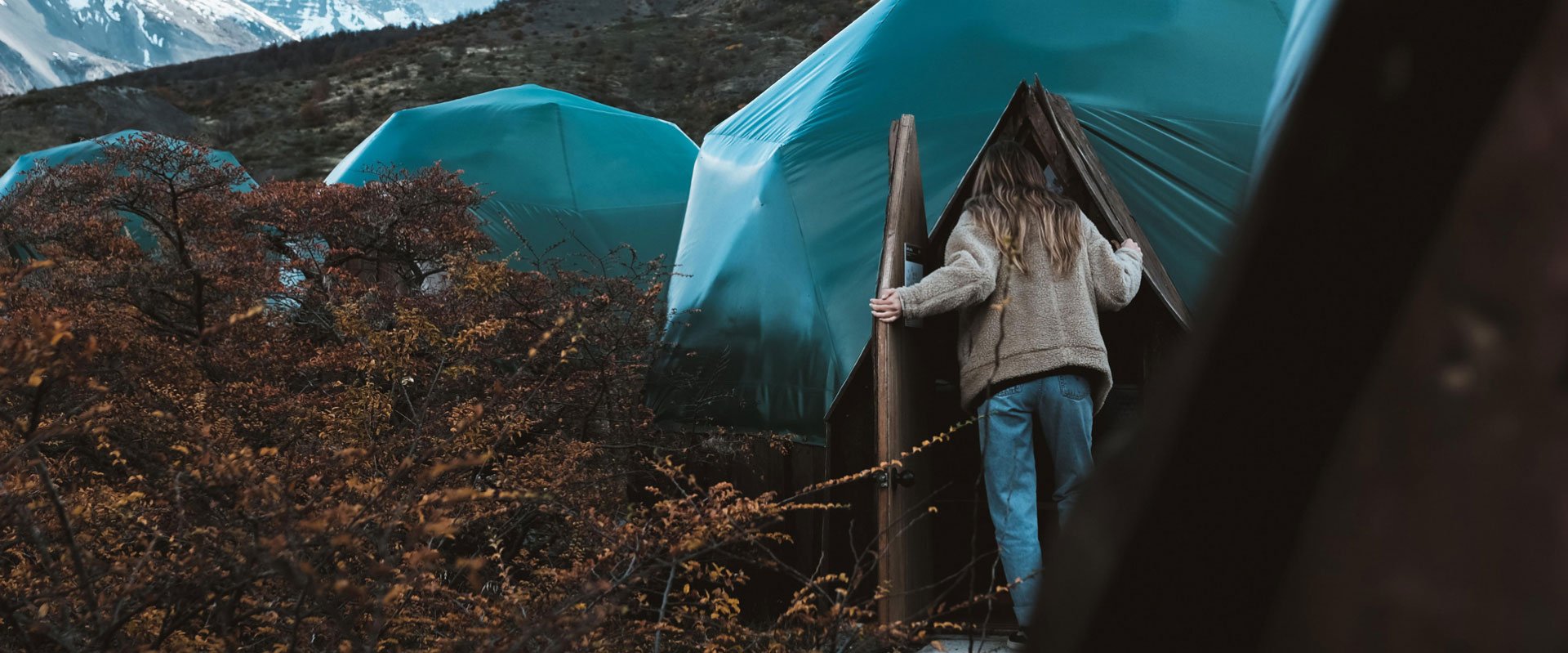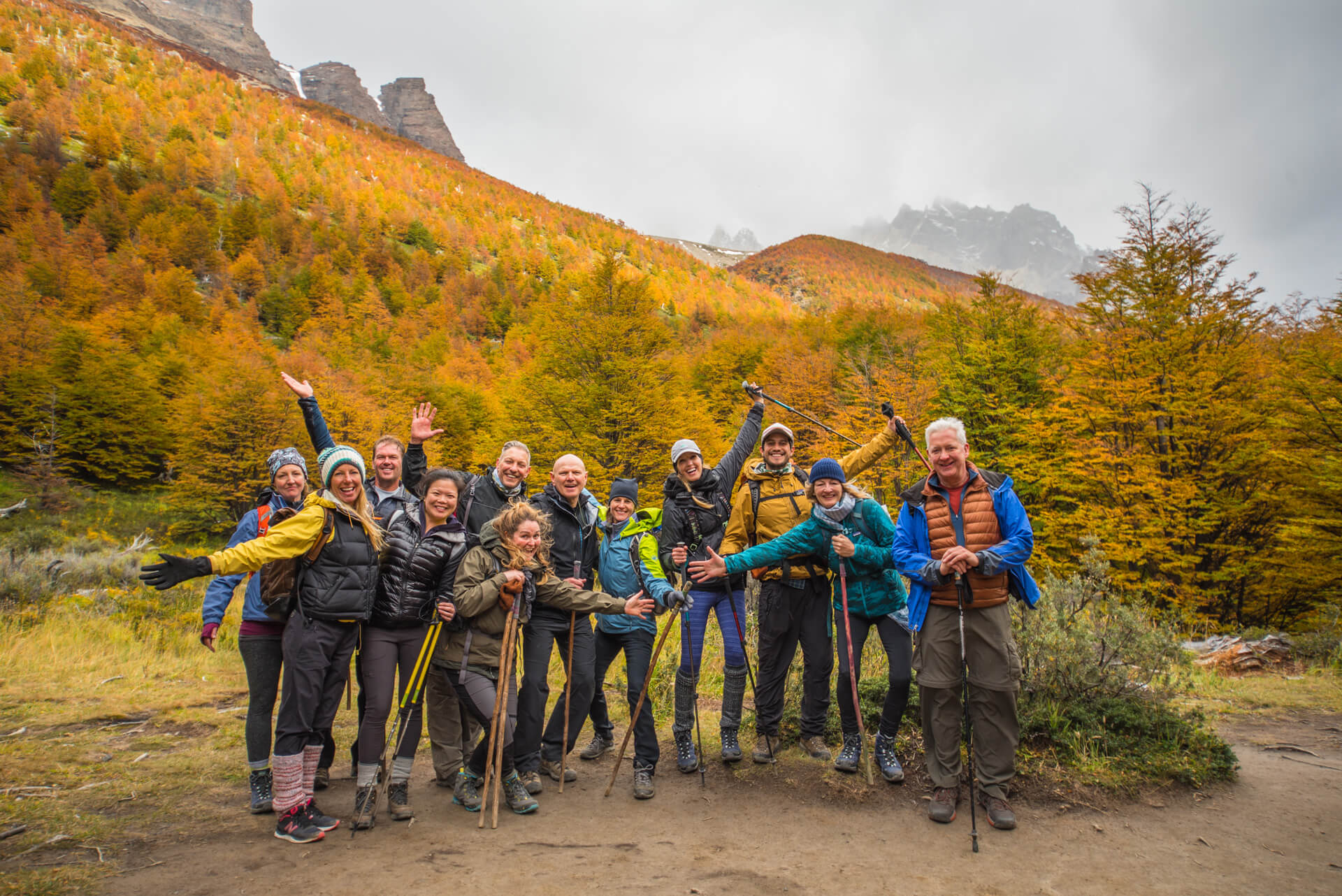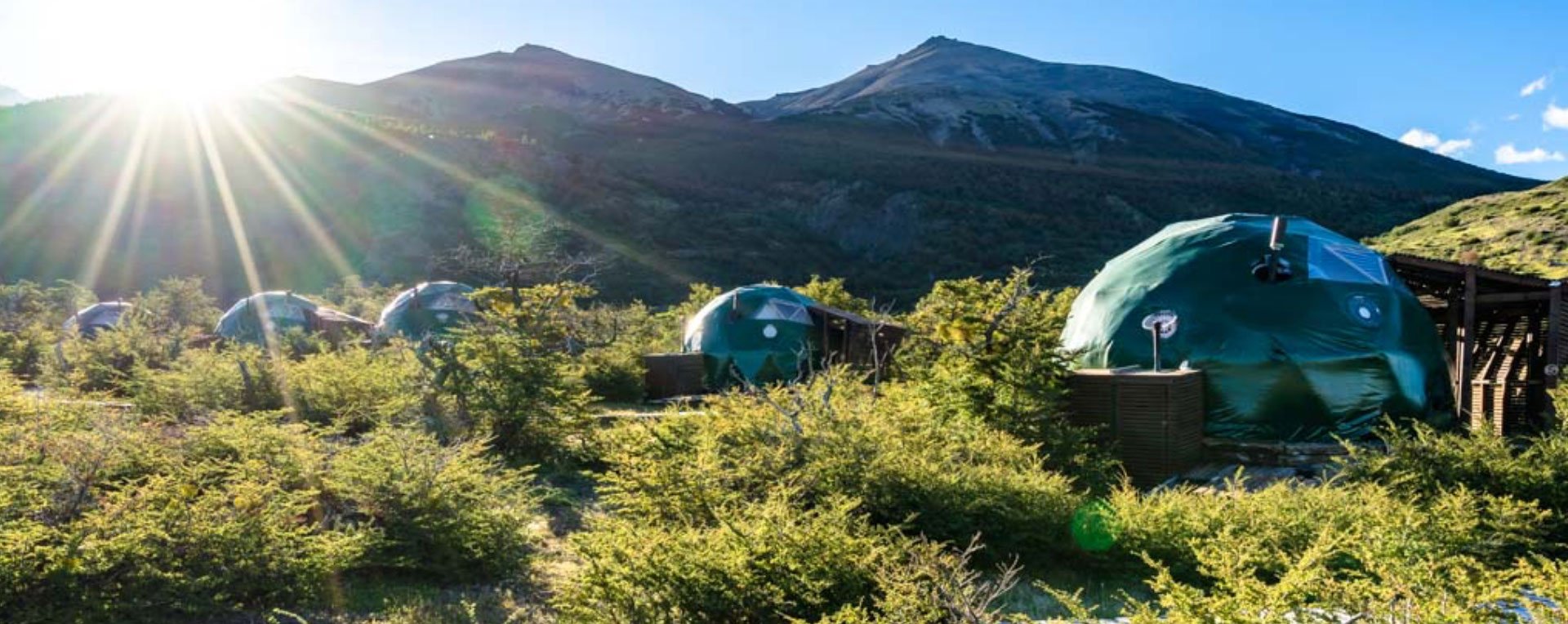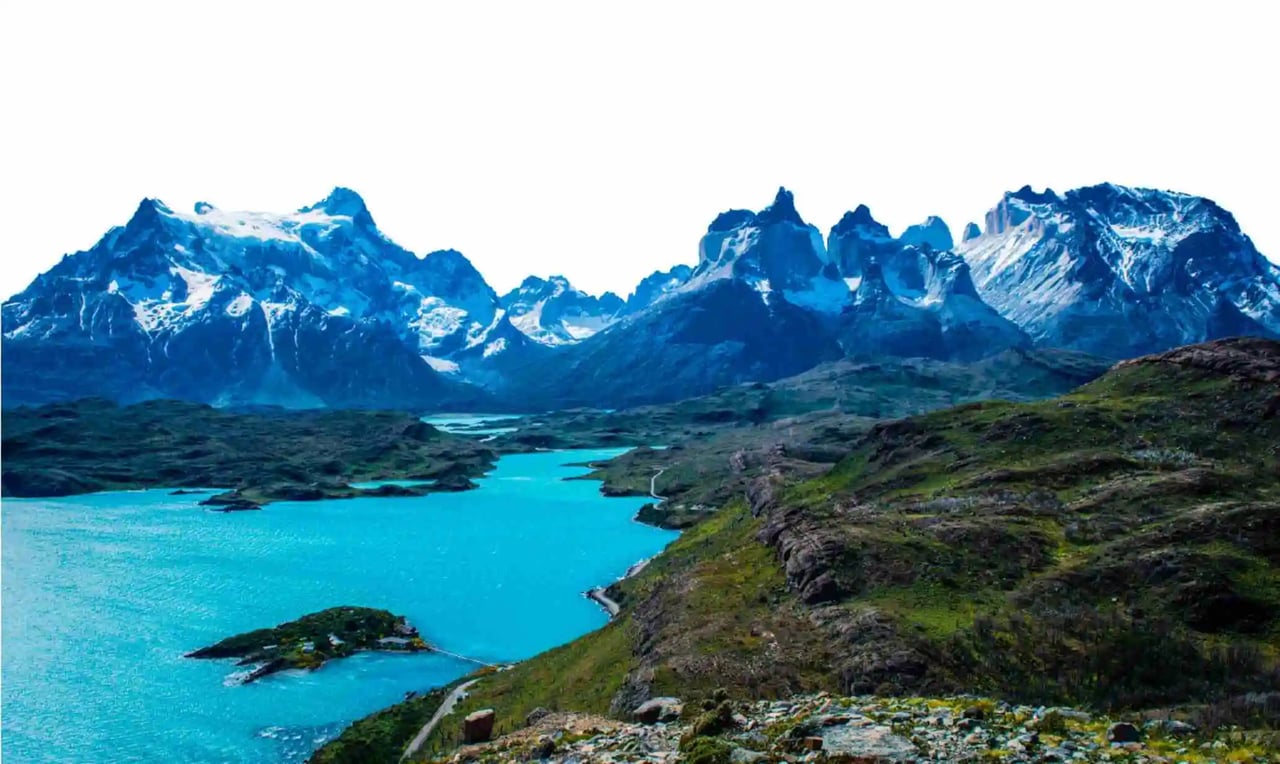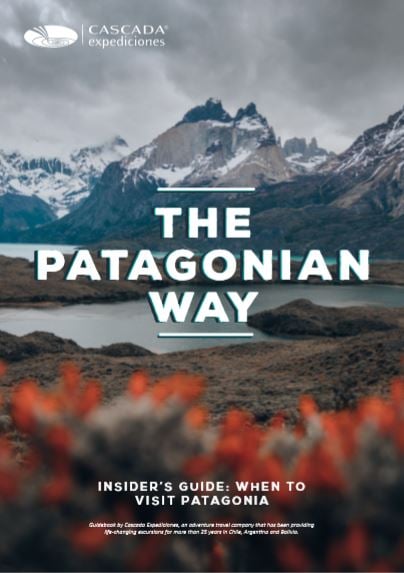If you’re reading this, you’re probably familiar with the fact Torres del Paine National Park is one of the (if not THE) best places to photograph on Earth. Its 181,414 ha (448,280 acres) of pristine landscapes are always stunning, whether you see them under a snow storm or on a day with no clouds (if you wonder when is the best time of the year to visit the park, here is a useful link). And there is a good reason for that: Chile’s finest national park is as attractive for its mountains as it is for its incredible wildlife.
After 7 years working as a nature photographer at EcoCamp, I can witness of the majesty that can be found in some spots. I am lucky enough to have seen the sun rising hundreds of times over the towers. But not everything here is about the famous granite towers that gave the national park its name. Here, you’ll also find turquoise blue lakes, hanging glaciers and plenty of less well-known spires to use as a backdrop for wildlife. Get your camera ready, let’s go shooting some of the most photogenic places on planet Earth!
1. Pehoe Lake
.jpg?width=3823&name=2%20(1%20of%201).jpg)
Considered by many as one of the most beautiful lakes in the world, Pehoe Lake has an incredible power of attraction. Pehoe means “hidden lake” in the language of the Tehuelche indigenous people who once inhabited the region. And while this turquoise blue lake is not as hidden as it was years ago – it is now easily accessible through a beautiful gravel road – its location in the very heart of the park make it the best place to get panoramic shots of the mountain range.
Its glassy blue waters sometimes reflect the famous mountains of the park, including Los Cuernos and Paine Grande. Also, it is an insanely beautiful area to visit at sunrise, when the first light of the day hit the spires. And if you’re unlucky with the weather, you might still get some dramatic shots of the waves crashing on the rock or of the wind blowing the snow away at high altitudes.
While you can catch some great shots from the catamaran that sails through the boat (a 30-minute navigation), my favorite spots to photograph here are the Condors’ Viewpoint (a one-hour hike) and the Pehoe Campsite area (there are some beautiful beaches in the area).
2. Toro Lake Viewpoint
.jpg?width=5117&name=3%20(1%20of%201).jpg)
I love places where you can avoid the crowds and have the landscape for yourself. And while Torres del Paine National Park became very popular, there are still plenty of trails where you’ll meet more birds than humans.
The Lazo-Weber trail is one of them. This 12km (7,5mi) trail is located in the northern side of the park and is a cool way to get familiar with the local flora thanks to its dense nothofagus forest. On top of that, you can reach one of the park’s most spectacular viewpoints, the Toro Lake viewpoint.
It offers the best view of the largest lake in the region, but also a panoramic view of the Torres del Paine mountain range and surrounding mountains and glaciers. If you like geology, this is maybe the best place to understand how these spires were formed. And if you like photography, take a high storage memory card with you because there’s just too much beauty to capture.
3. Grey Glacier
.jpg?width=5008&height=3336&name=WTrekOto%C3%B1o%20(1%20of%201).jpg)
If you’ve never seen a glacier, you should definitely head to the southern Patagonian ice fields, the world’s third freshwater reserve (after Antarctica and the Arctic). And even if you’ve seen glaciers, it is well worth going to Grey Glacier, Torres del Paine’s most iconic glacier, with a length of about 28 kilometers (17 miles). This fast retreating glacier never looks the same and changes drastically from a day to another (and not only because the ice melts).
Here, the deep blue ice is a treat for photographers and looks even more intense on a cloudy day. The best way to photograph the glacier is by boat, while sailing with one of the daily navigations (a 3-hour experience). This way, you can get some nice close-ups of the ice walls and see the three faces of the glacier. Another way to see Grey Glacier is by foot, while hiking to the viewpoint. This 12-kilometer (7,5mi) hike is a cool way to get a distant shot of the ice fields and eventually to catch sunrise from the main viewpoint, though the navigation is recommended to make the most of your time.
Here, both the zoom lens and the wide angle will make a good job. And if you can’t afford buying a ticket for the navigation, you may consider Grey beach as an option. This is far from the glacier but you can do a short walk through the peninsula and shoot the many icebergs that come ashore here.
4. Cascada Paine
.jpg?width=5694&name=4%20(1%20of%201).jpg)
One of the two waterfalls on the list, Cascada Paine (the “Paine Waterfall”) is located on the eastern side the national park and offers a panoramic view of the three granite towers. It is accessible by car (you’ll only have to walk one minute from the parking). It is a cool spot to play with long exposures especially at early morning, and to understand how much water comes from the ice fields (the Paine river is entirely fed by the southern Patagonian ice fields). Epic at sunrise, but always beautiful.
5. Laguna Azul
.jpg?width=3830&name=5%20(1%20of%201).jpg)
While most photographers wouldn’t consider staying in Torres del Paine National Park without undertaking the famous towers’ base hike, a trip to Laguna Azul is definitely the best alternative to this demanding hike. A one-hour drive from EcoCamp is enough to reach this majestic lake on the eastern side of the park. Here, you’ll get a privileged view of the granite spires – not as photographed as the towers’ base – which gets even better at early morning. Lots of birds and guanacos can be seen in the area (there is a wetland nearby), so it is also a great spot for wildlife photographers.
6. Laguna Amarga
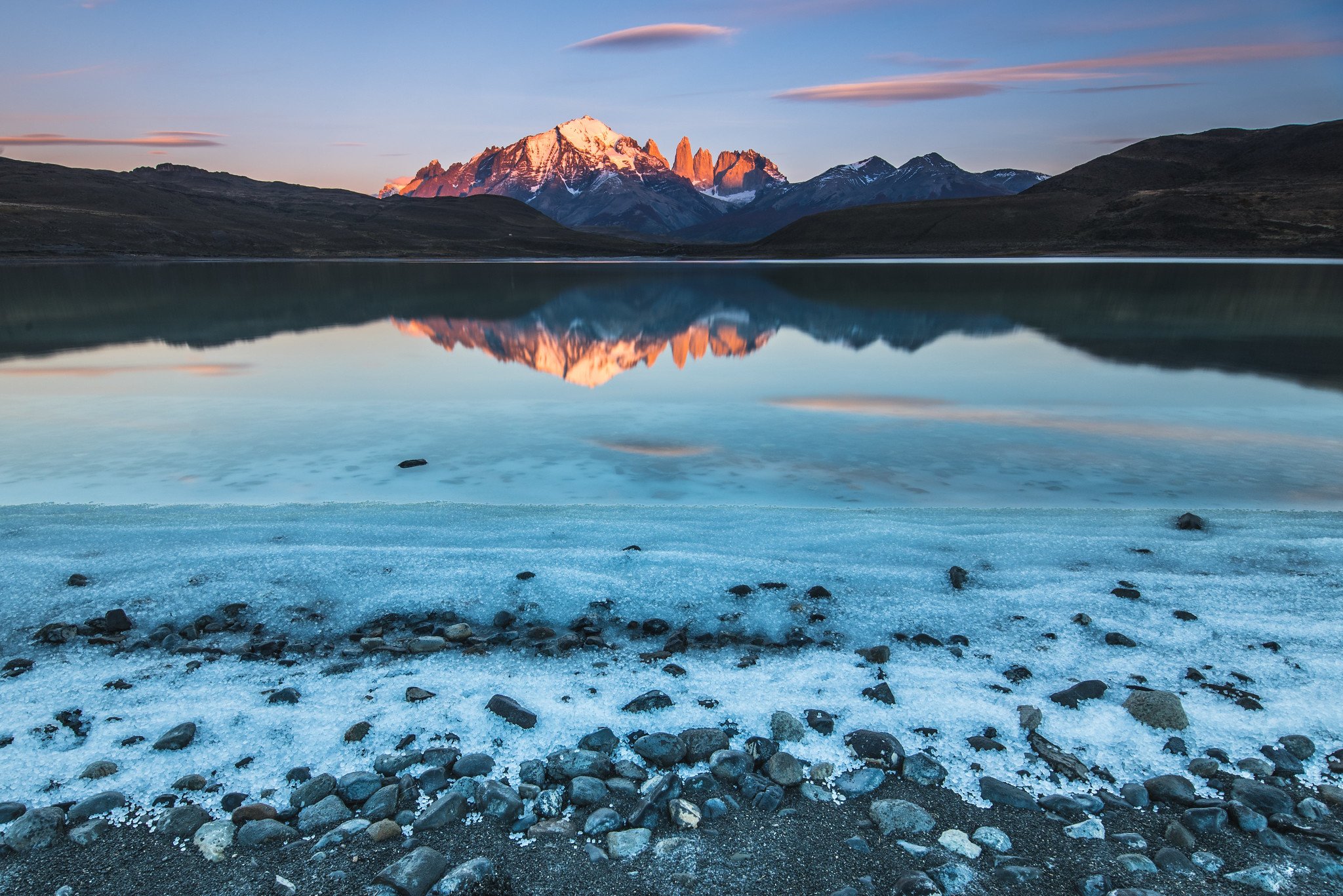
An all-time classic, Laguna Amarga is an excellent spot for postcards that never disappoint. No need to hike here; you get out of the car and you get amazed with the view. Chilean flamingos can be seen in the area, so you may bring a zoom lens. But the stars here are undoubtedly the towers, and this is definitely a recommend spot for sunrise.
7. Cerro Paine
.jpg?width=5647&name=6%20(1%20of%201).jpg)
If you’re looking for an experience that mixes both photography and (demanding) physical exercise, I can only recommend Cerro Paine. This full-day hike – a demanding ascent – is a real odyssey, especially on one of those (very common) windy days. About 7 hours round-trip are necessary to reach the very summit, from which you’ll get one of the best views of the towers’ base viewpoint – my favorite, as you can also get a close-up of some other surrounding peaks such as Mt. Almirante Nieto.
But in case you’re unlucky with the weather (arg’, this Patagonian wind!), you’ll get complete satisfaction just by reaching one of the other summits, closer to the beginning of the hike. There is a beautiful viewpoint above the tree line, which works incredibly fine for forest shots. On top of that, you can see most of the lakes of the park and get an idea of how vast the surrounding plains really area.
8. Mt. Ferrier
.jpg?width=5798&name=7%20(1%20of%201).jpg)
Another awesome demanding “photography expedition” is Mt. Ferrier, located at the western side of the park. Mt. Ferrier is 1563 meters / 5127 ft. high, but you don’t have the reach the summit to reach one of the park’s most photogenic spots. A three-hour round trip hike is well enough to reach Mt. Ferrier Viewpoint, which offers a nice 360° viewpoint of the western area of Torres del Paine, with an incredible panoramic view of Grey lake and the southern Patagonian ice fields (including Zapata and Grey glaciers).
Get you zoom lens ready on the way up, as the area is known for having the highest density of the endangered South Andean deer in the area and good probability of birds’ spotting – including owls and condors.
9. Salto Grande
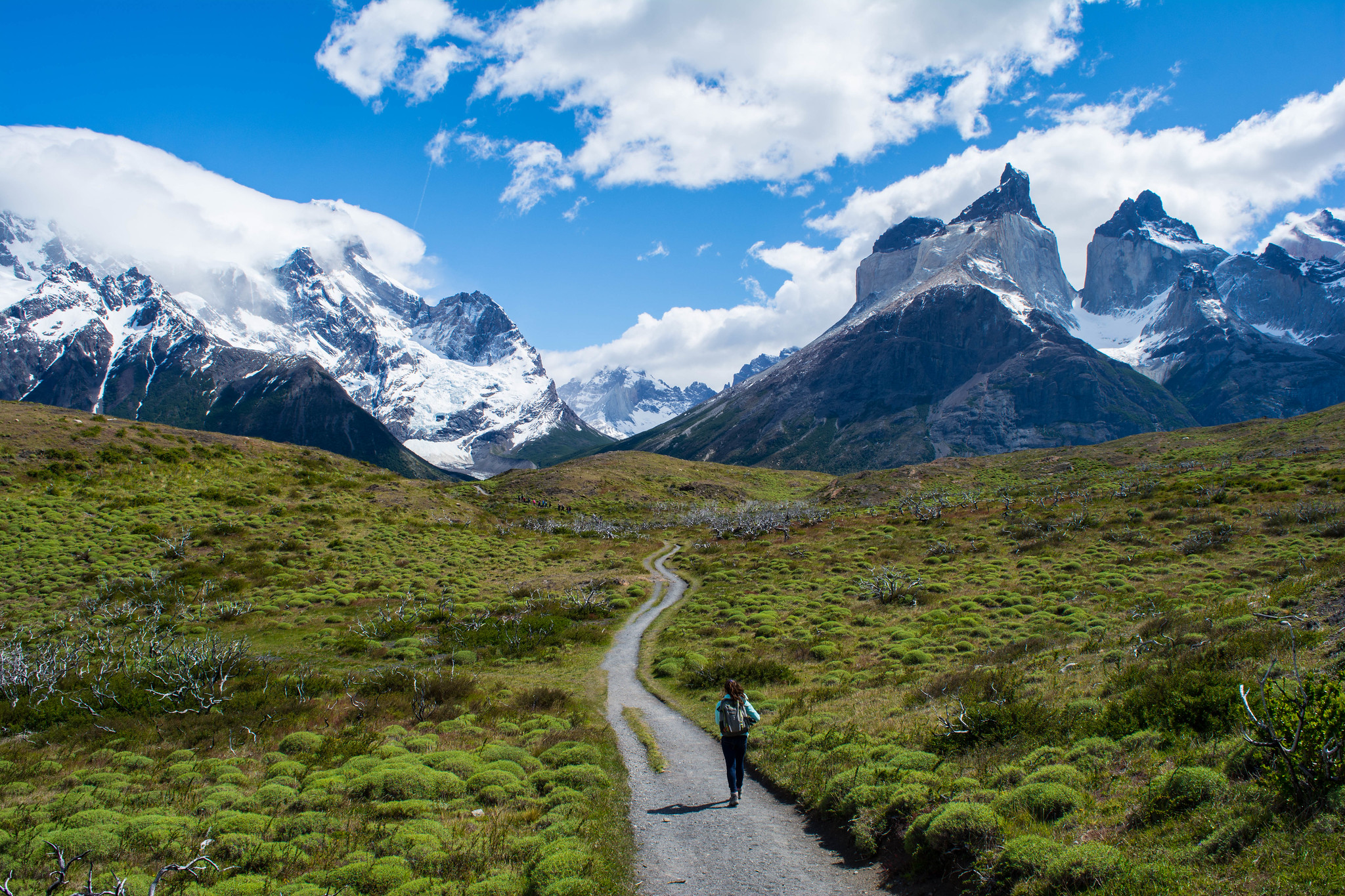
The second waterfall on the list is Salto Grande, which unites the Nordenskjöld and Pehoe lakes. The spectacular volume of water that falls here every second is cool to witness, and it looks even better with these mountains as a backdrop, though it is not easy to get the waterfall and the spires in the same shot (it is obviously forbidden to go off-trail).
However, it is recommended to keep walking for an hour and a half (about three hours’ round trip) to reach Los Cuernos Viewpoint, one of the most beautiful viewpoints of the park with the blue waters of the Nordenskjöld Lake and the majestic Cuernos (“Horns”) as a main character. You can get plenty of mountain shots on the way to the viewpoint, and there are some nice opportunities to capture the spooky dead trees that were sorrowfully burnt during the 2011 fire.
10. Nordenskjöld Viewpoint
.jpg?width=6048&name=8%20(1%20of%201).jpg)
The good thing for photography in Torres del Paine is the facility to reach some of Patagonia’s most stunning places. You don’t always have to hike to reach those spots, and one of the most emblematic viewpoints you can reach on a one-hour drive from EcoCamp is the Nordenskjöld Viewpoint. If offers a beautiful view of Mt. Paine Grande (the highest summit in the park) and Los Cuernos, with the warm blue waters of the Nordenskjöld Lake to give a nice touch to your landscape photography. This is definitely a must-do if you want to get an incredible sunrise shot of these famous mountains.
11. The Towers' Base Viewpoint
.jpg?width=5417&name=9%20(1%20of%201).jpg)
The most popular attraction in the park is undoubtedly the towers’ base hike, an 8-hour (round trip) hike that starts from EcoCamp. While the trail can be crowded in peak season (December to early March), it is still a wonderful hike to connect with nature and walk through a great diversity of landscapes, from the plains to the forests.
The final viewpoint is a classic, as it offers an incredible close-up of the three granite spires with a beautiful lake at their base. And while photographers tend to prefer the sunrise/morning to immortalize this landscape, this spot always looks great.
This is a demanding hike (only recommended for experienced hikers), but definitely a viewpoint that never disappoints – as long as you have a clear day to see the spires.
.jpg?width=5881&name=Winter%20W%20Trek%20%20(142%20of%201).jpg)
You get it, heading to Torres del Paine is always a good idea for a nature photographer. But you will definitely need time to be able to enjoy these spots with no rush and increase the probability of good weather. An amazing way to photograph the park is to do a Wildlife Safari so you can stay at EcoCamp every night and have the choice between 3 excursions during the day.
And a great choice for wildlife photographers is to do a 6-day Puma Tracking, so you can look for animals with a professional tracker while wandering through some of the park’s most epic viewpoint.
Whichever experience you choose, heading to Torres del Paine with a camera in your hand will always bring you some of the best pictures you’ve ever taken!

